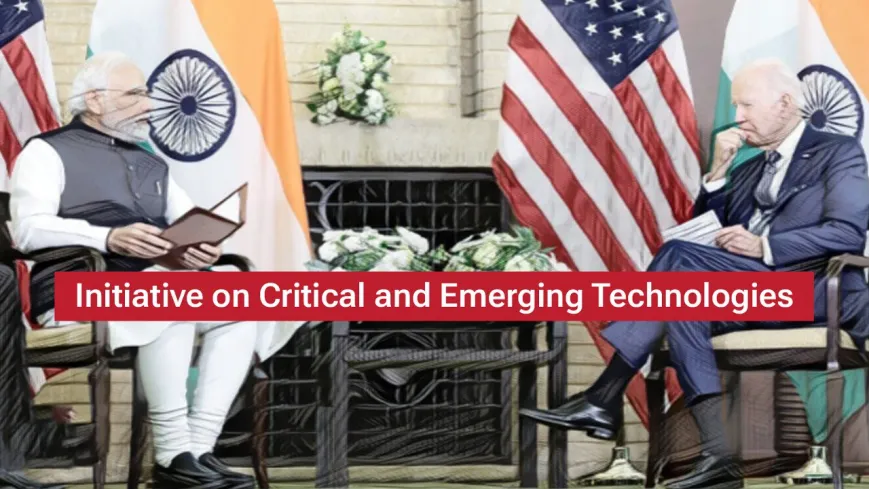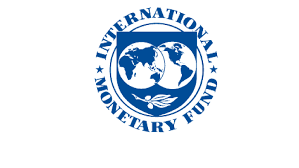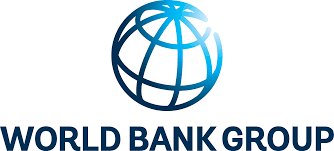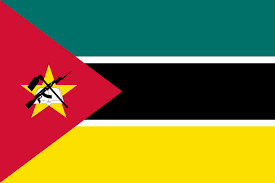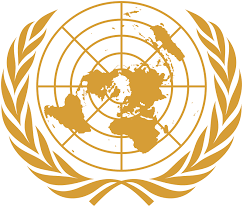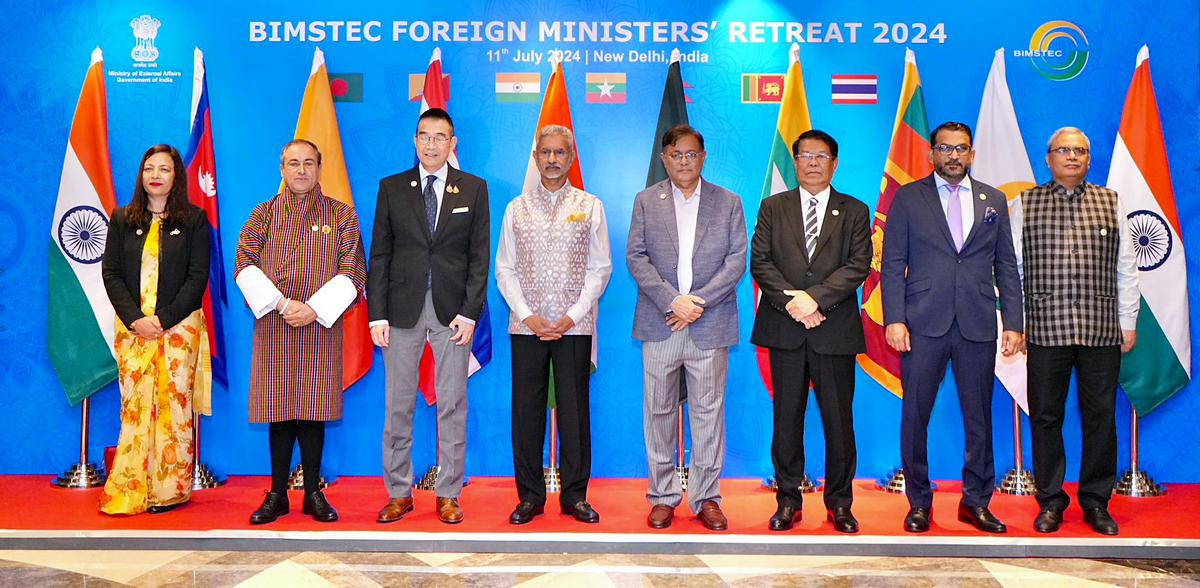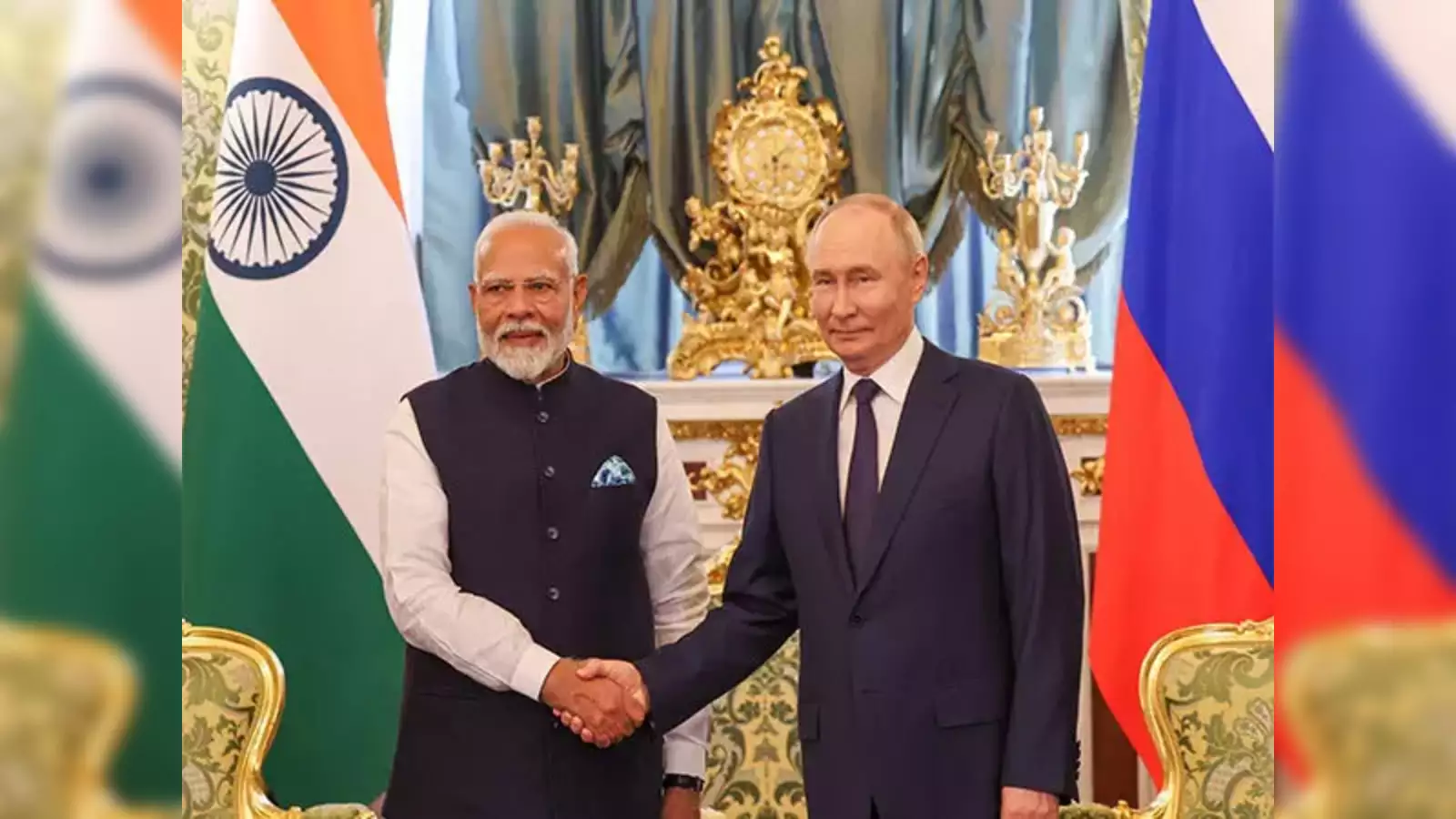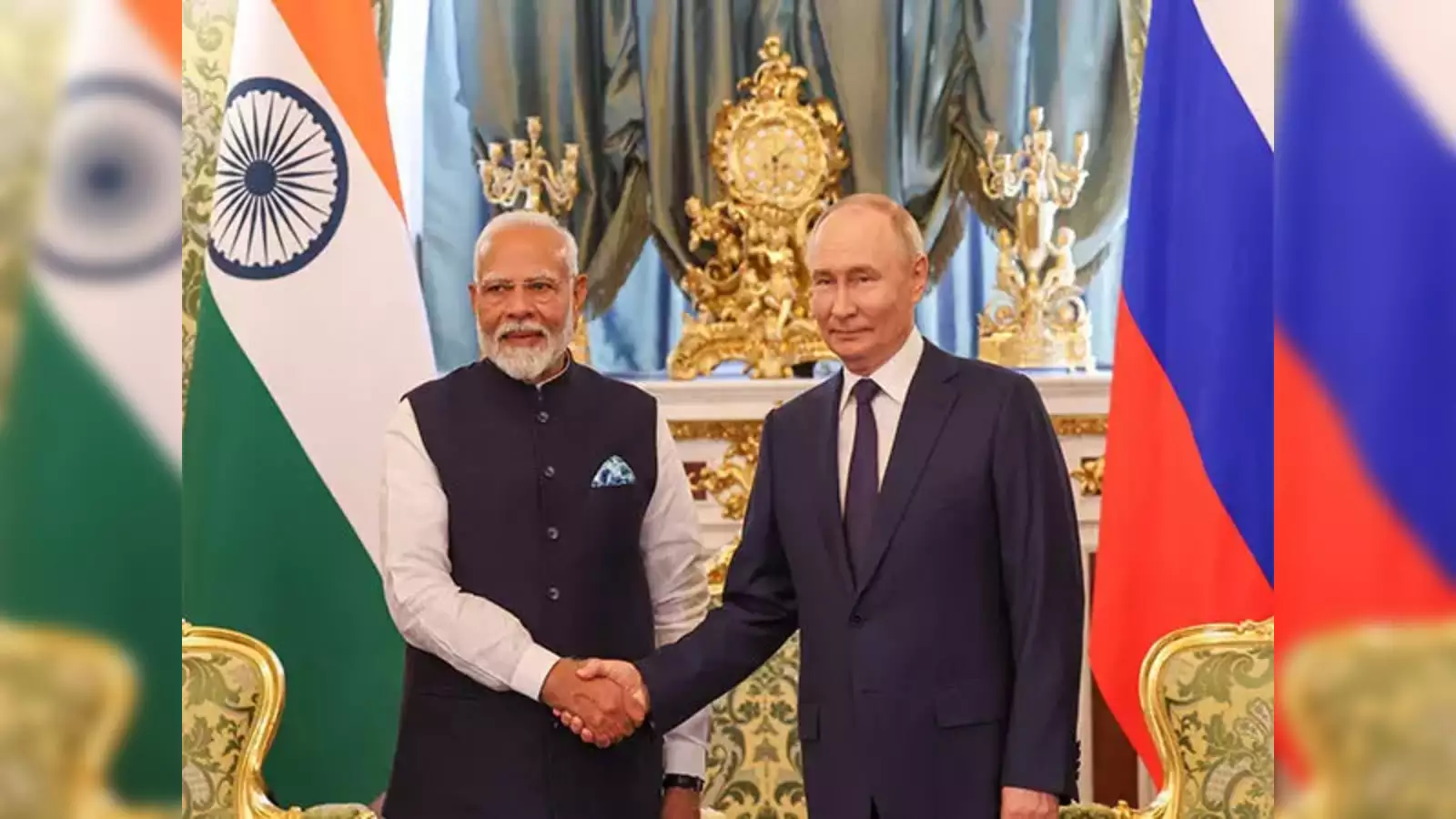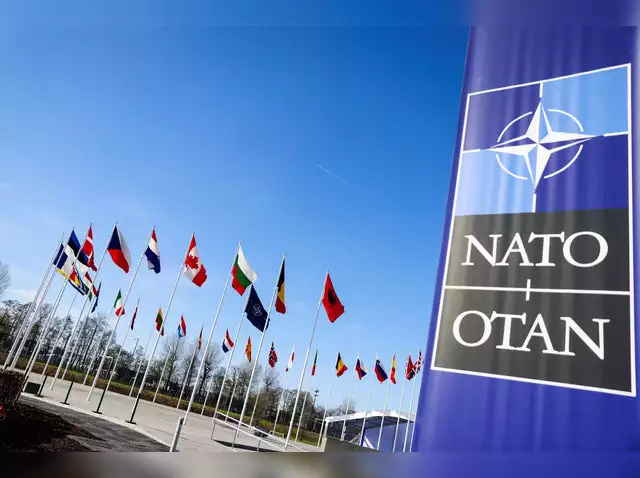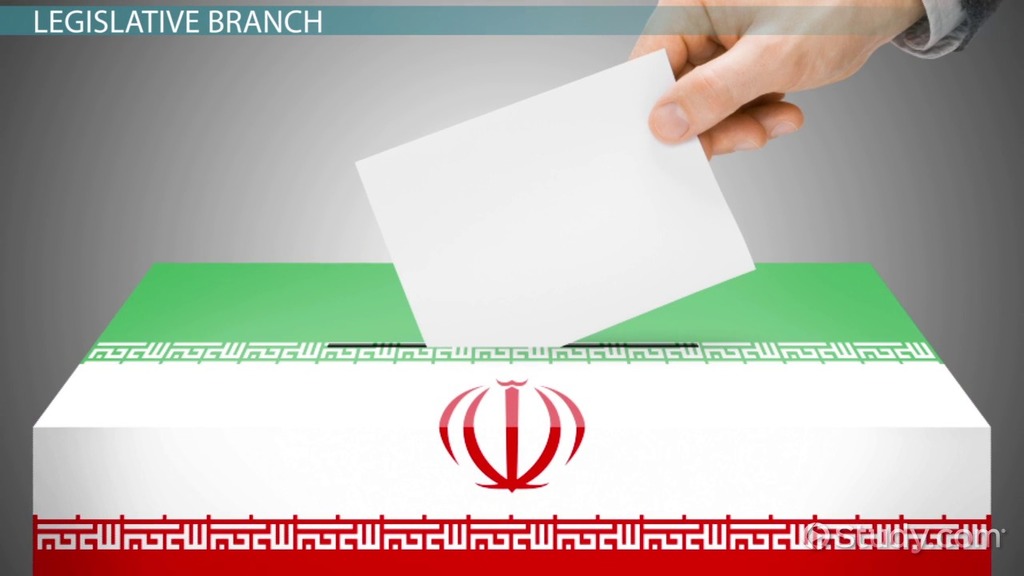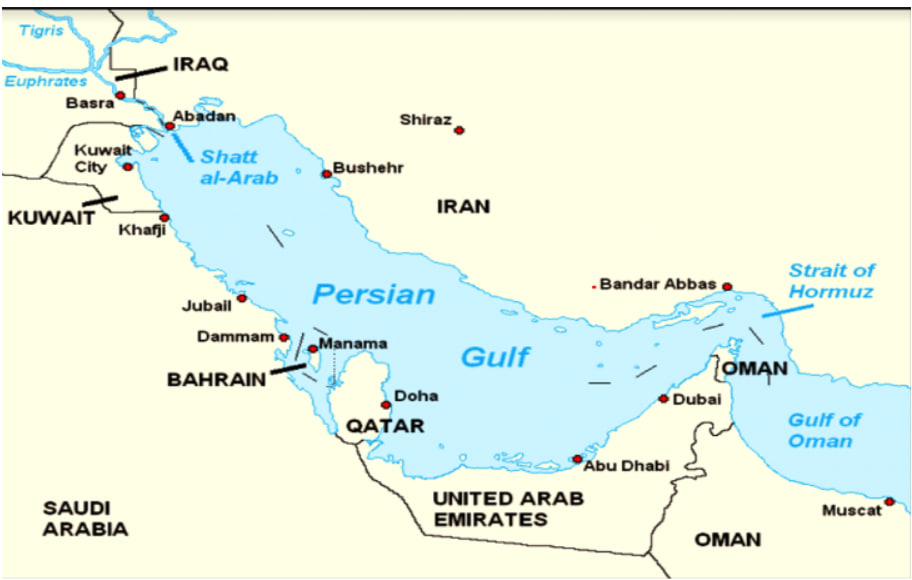The Hindu: Page 09
Syllabus: GS 2: International Relations
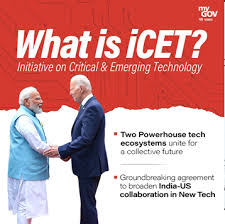
The Initiative on Critical and Emerging Technologies (iCET) between India and the US faces structural challenges in its execution, particularly regarding technology transfer and autonomy of US defense companies.
Challenges in Technology Transfer:
- IPR and Export Control Hurdles: US defense companies are reluctant to share military technologies due to strict export control laws and intellectual property rights concerns.
- Partial Technology Transfer: General Electric's F-414INS6 engine deal with India involves transferring about 80% technology, but excludes critical know-how related to forging metallurgy discs for turbines.
- Limited UAV Technology Sharing: nsfer from Technology tra General Atomics for MQ-9 UAVs is limited to around 10-15%, primarily focused on establishing a domestic maintenance facility.
Limitations of US Defense Industry Cooperation:
- Commercial Interests vs. Strategic Goals: US government does not act on behalf of defense companies owning IPRs, as these companies are primarily driven by commercial interests.
- Historical Precedent: Failure of the 2012 Defense Technology and Trade Initiative (DTTI) due to technology transfer issues highlights persistent challenges.
- Restrictions on 'Jugaad': Complex 'enabling' protocols and strict end-use monitoring programs like 'Golden Sentry' restrict India's ability to apply 'jugaad' (innovative adaptations) to US-origin platforms.
Strategic Implications and Future Prospects:
- Shifting Defense Partnerships: iCET is part of US strategy to reduce India's dependency on Russian arms, as outlined in a recent Senate Foreign Relations Committee report.
- Multi-organizational Approach: The initiative involves multiple organizations like INDUS-X, Joint IMPACT, and ADDD to facilitate cooperation.
- Balancing Act: Success of iCET depends on overcoming bureaucratic hurdles and aligning US commercial interests with broader strategic goals in the India-US partnership.
Additional Information
Defence Initiatives and Agreements
The defence ties between India and the U.S. have been further bolstered by various initiatives and agreements that facilitate technology sharing, joint production, and strategic coordination.
- Defence Technology and Trade Initiative (DTTI): Promotes co-development and co-production of defence technologies, fostering innovation and technological cooperation.
- Major Defence Partner Status (2016): The U.S. designated India as a Major Defence Partner, recognizing India’s status and facilitating high-end technology sharing comparable to that provided to the closest U.S. allies.
- Strategic Trade Authorization (STA) Tier I Status (2018): India’s elevation to STA Tier I allows greater access to advanced U.S. defence and dual-use technologies, strengthening bilateral defence trade.
- Foundational Agreements:
- General Security of Military Information Agreement (GSOMIA, 2002): Ensures the safeguarding of shared classified information.
- Logistics Exchange Memorandum of Agreement (LEMOA, 2016): Provides a framework for mutual logistical support, such as refueling and replenishment.
- Communications Compatibility and Security Agreement (COMCASA, 2018): Facilitates the transfer of secure communication equipment.
- Basic Exchange and Cooperation Agreement (BECA, 2020): Offers India access to geospatial intelligence for enhancing navigation and targeting capabilities.
Defence Cooperation Mechanisms
To manage and streamline defence collaboration, various dialogue forums and working groups have been established:
- Defence Policy Group: Guides high-level dialogue on defence cooperation.
- Military Cooperation Group: Coordinates joint military activities.
- Executive Steering Groups for Army, Navy, and Air Force: Focus on service-specific cooperation.
- Joint Technical Group and Defence Procurement and Production Group: Address technical collaboration and procurement issues.
Initiative on Critical and Emerging Technologies (iCET)
The Initiative on Critical and Emerging Technologies (iCET), launched in January 2023, aims to boost cooperation in critical technology domains. Managed by the National Security Councils of both countries, the iCET focuses on six initial areas:
- AI Research and Development: Collaboration in artificial intelligence for defence and civilian applications.
- Defence Industrial and Technological Cooperation: Encourages joint efforts in defence innovation and startup growth.
- Innovation Ecosystems: Development of ecosystems that support technological advancement.
- Semiconductor Ecosystem: Strengthening semiconductor manufacturing and research collaboration.
- Human Spaceflight Cooperation: Joint initiatives in space exploration and human spaceflight.
- Next-Generation Communication Technologies: Advancements in 5G and 6G technologies, with a focus on OpenRAN adoption in India.
Recent Expansions in Collaboration
The iCET has recently broadened its scope to include new domains such as:
- Biotechnology and Life Sciences.
- Critical and Rare Earth Minerals.
- Digital Technology.
These inclusions reflect the evolving nature of India-U.S. defence and strategic cooperation, underscoring the shared commitment to maintaining security and stability in the Indo-Pacific region and beyond.
Conclusion
The defence partnership between India and the United States is marked by deepening cooperation, robust engagement through exercises and agreements, and joint efforts in critical and emerging technologies. This collaboration not only enhances mutual defence capabilities but also positions both nations to address regional and global challenges more effectively. The evolving nature of this relationship signals a commitment to long-term strategic engagement and shared objectives.
UPSC Prelims Practice Question
Q. With reference to Initiative on Critical and Emerging Technologies (iCET), consider the following statements:
1. Its aim is to expand partnership in critical and emerging technologies between India and the US.
2. It will help India to find an alternative to the dependence on Russian military technology.
Select the correct statement using the code given below:
(a) 1 only
(b) 2 only
(c) Both 1 and 2
(d) Neither 1 nor 2
Ans : c)
